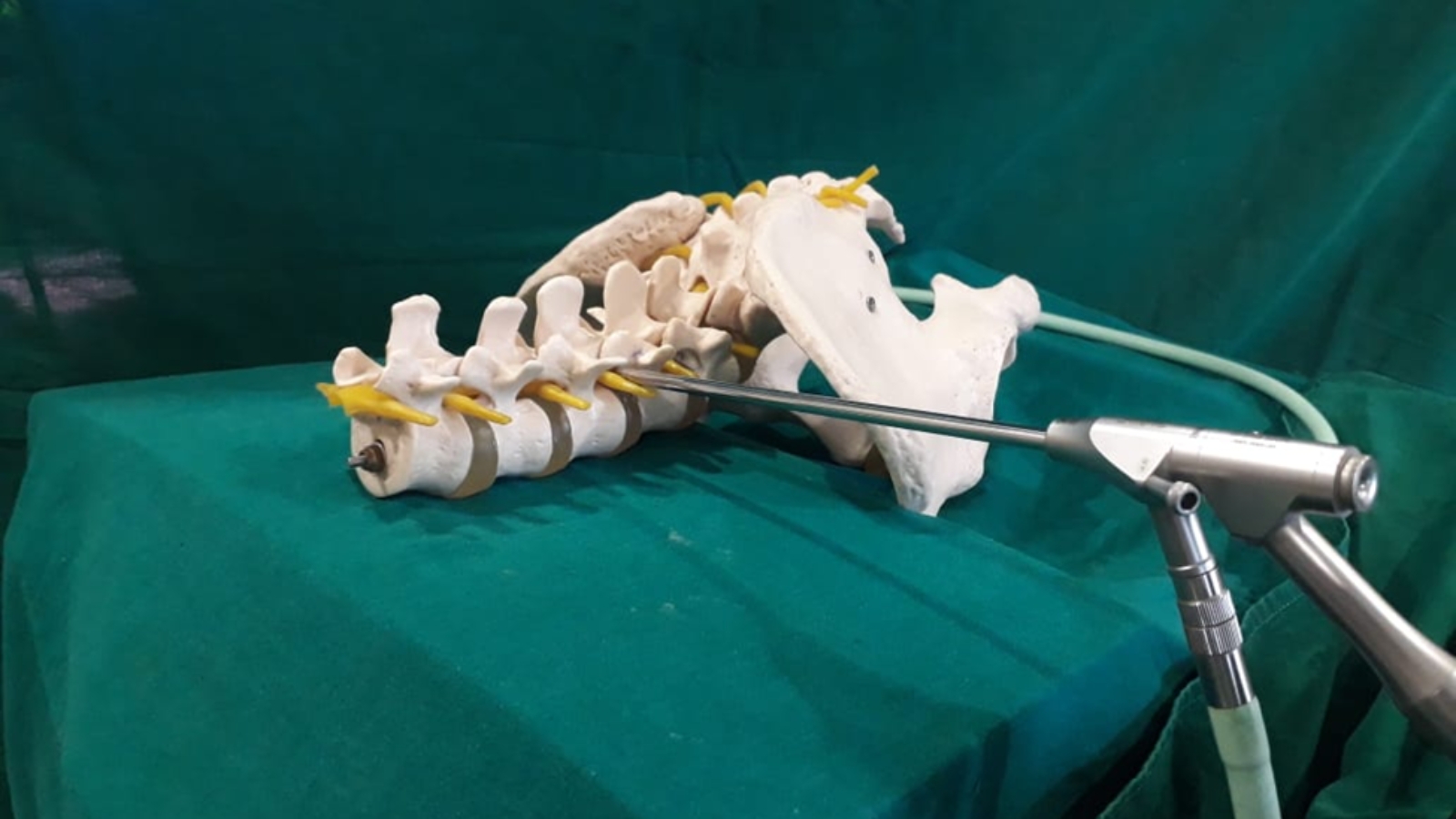
What is Endoscopic Discectomy
Endoscopic Discectomy is a minimally invasive spine procedure technique that utilizes an endoscope to treat herniated, protruded, extruded, or degenerative discs that are a contributing factor to leg and back pain.
It is used for treatment of sciatica when there is disc protrusion causes lower back and leg pain. Through this endoscope we can remove the compression over nerve root which is a reason of pain.
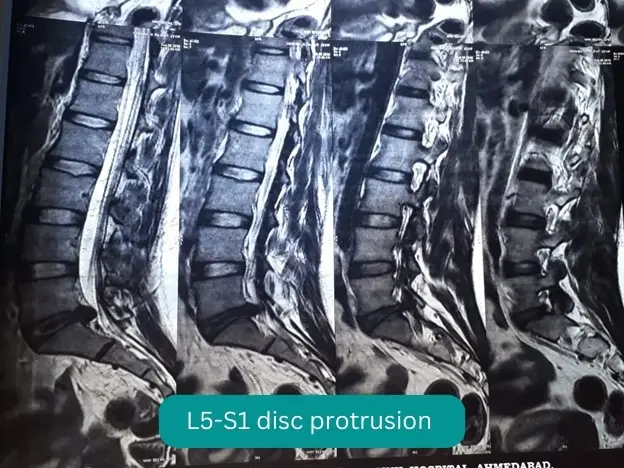
Indication of Endoscopic Discectomy
- Sciatica / Slipped disc
- L4-5, L5-S1 Disc Prolapse
- Herniation, Extrusion of Disc
- Patient having leg pain with tingling or numbness
- Patient who is not responded to medical or injection treatment for sciatica
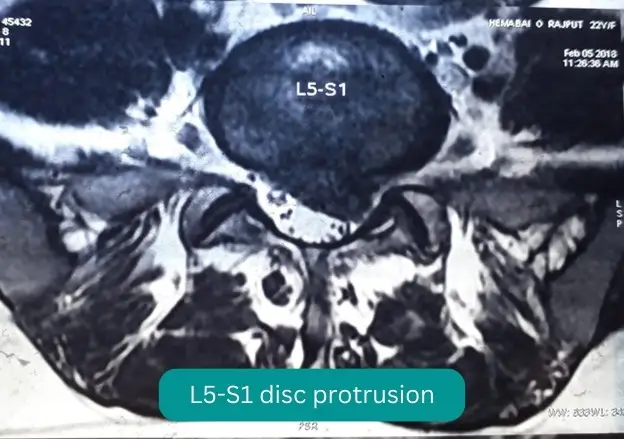
How to perform Endoscopic Discectomy
- Endoscopic discectomy procedure time is approximately 60 – 90 minutes per disc.
- This procedure can be done under sedation with Local or Epidural anaesthesia.
- Entry point is precisely calculated by x-ray guidance measurements.
- A small 1 cm incision is made on the back to the side of the spine.
- First long needle is introduced inside the targeted disc. Position of needle is very much important step in success of endoscopy.
- Through needle, guide wire is place inside the disc and needle is removed.
- A conical probe (dilator) is used to dilate a path to the disc. No need to cut any muscles.
- Degenerated nucleus pulposus is visualized on medical grade monitor and herniated fragments can be selectively removed from the disc.
- A 4.0 mh Radio frequency cautery (Sutter, Germany) is used to help control bleeding, shrink the disc tissue or shrink the annulus.
- If patient had bony osteophytes, then we can break with drill or burr (Nouvag, Germany).
- Nerve root which is compressed by herniated disc now seen free moving is the end point of endoscopic discectomy.

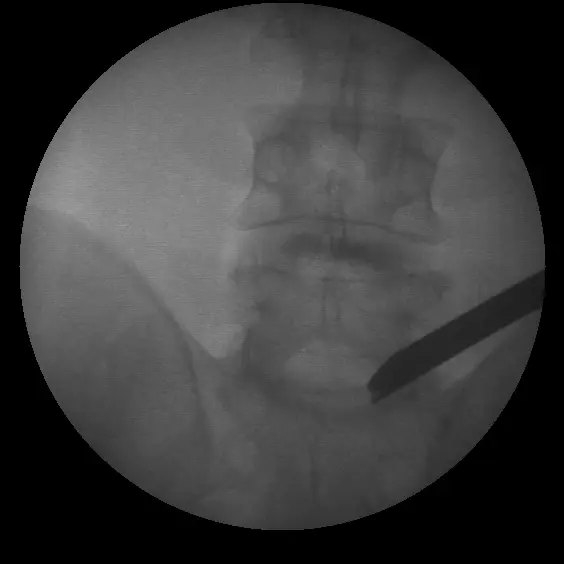
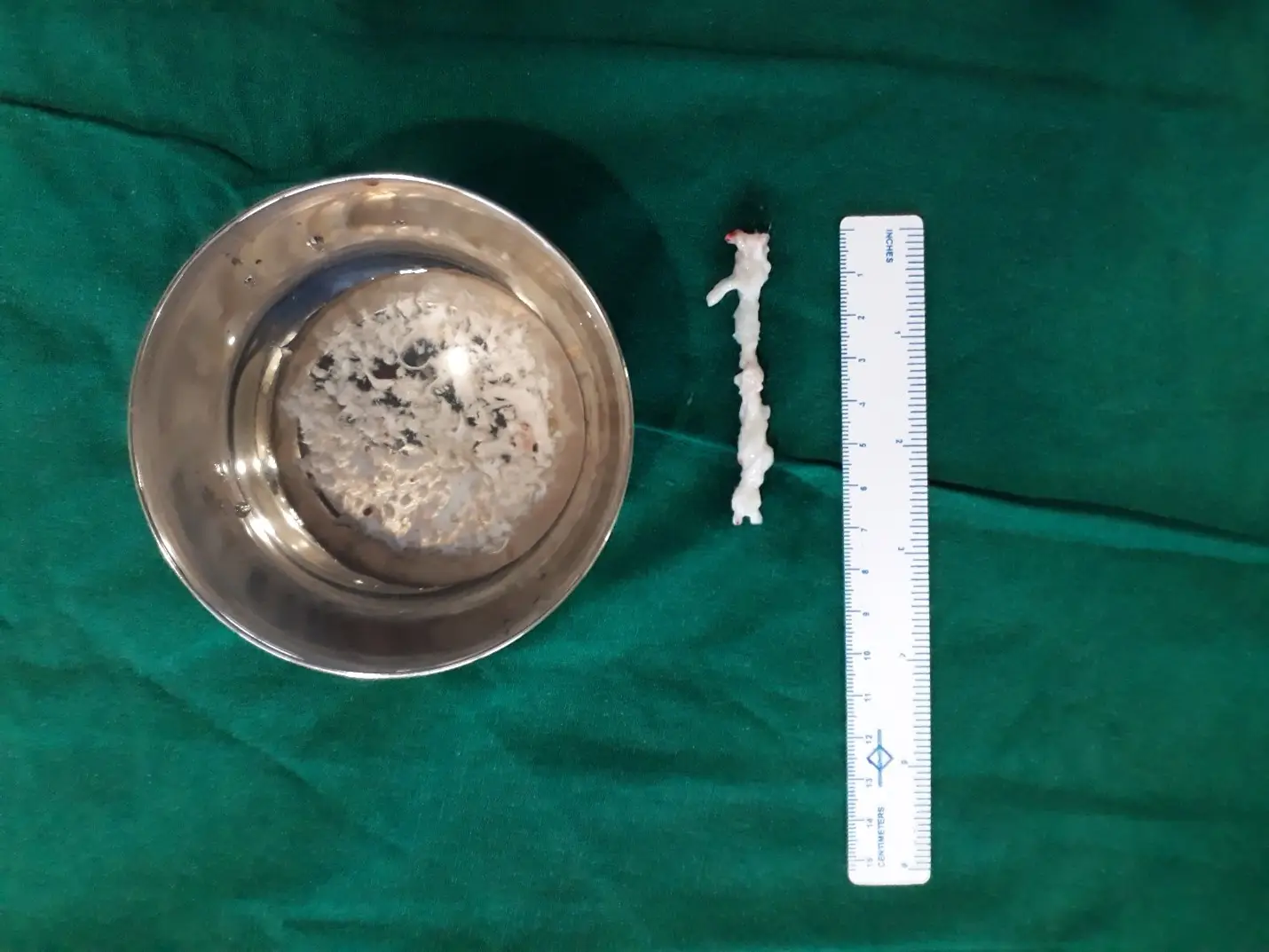
Instruments used for Endoscopic Discectomy
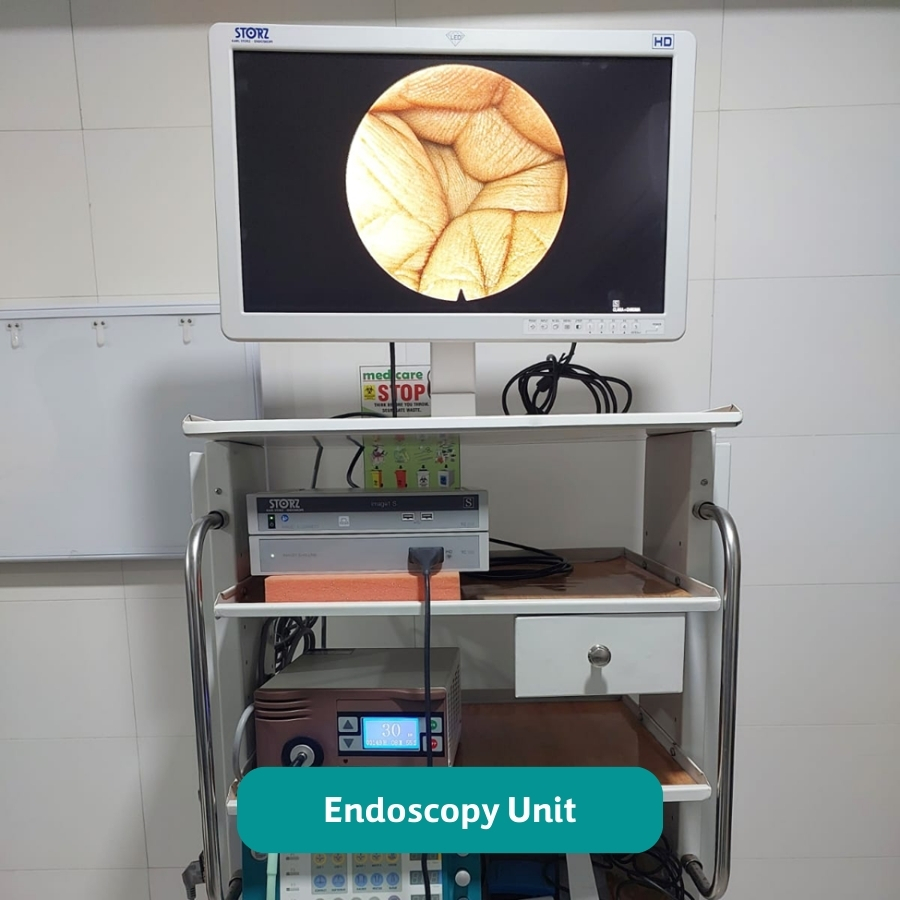
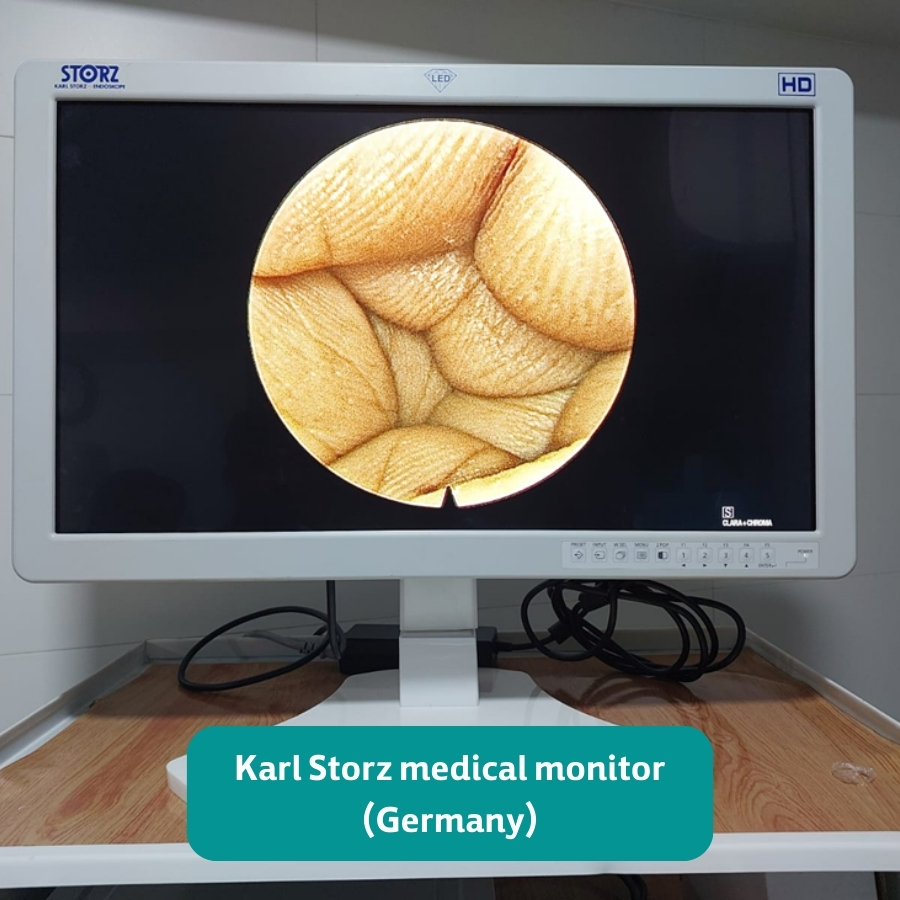
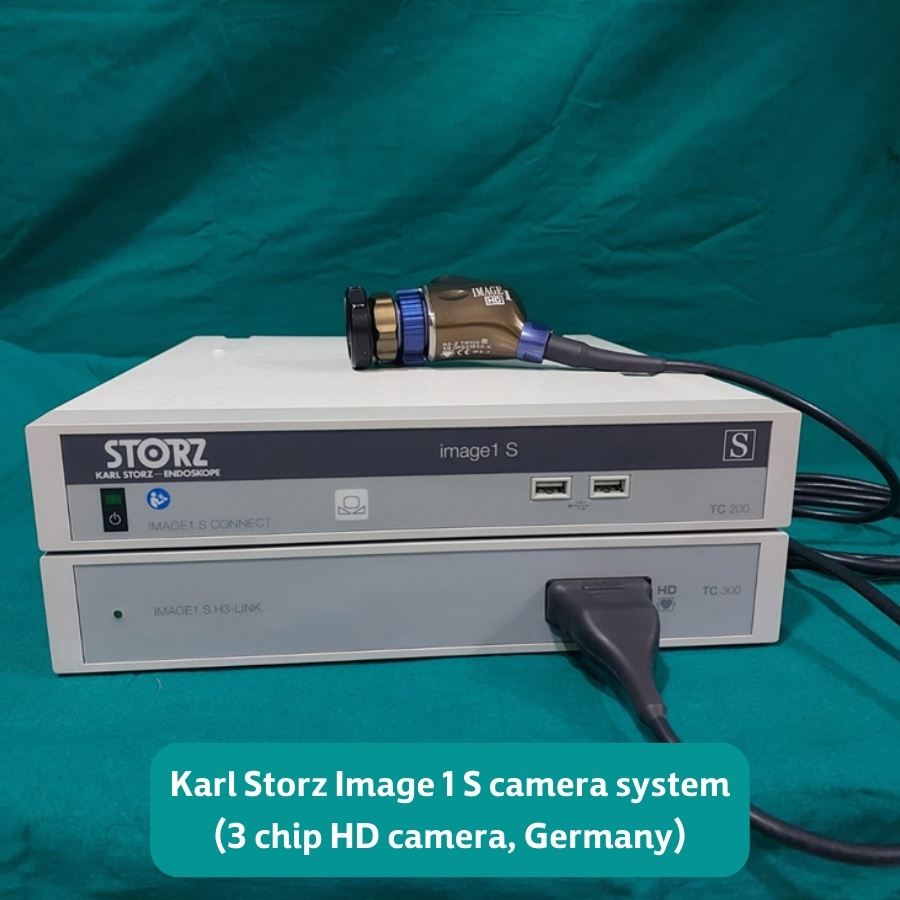
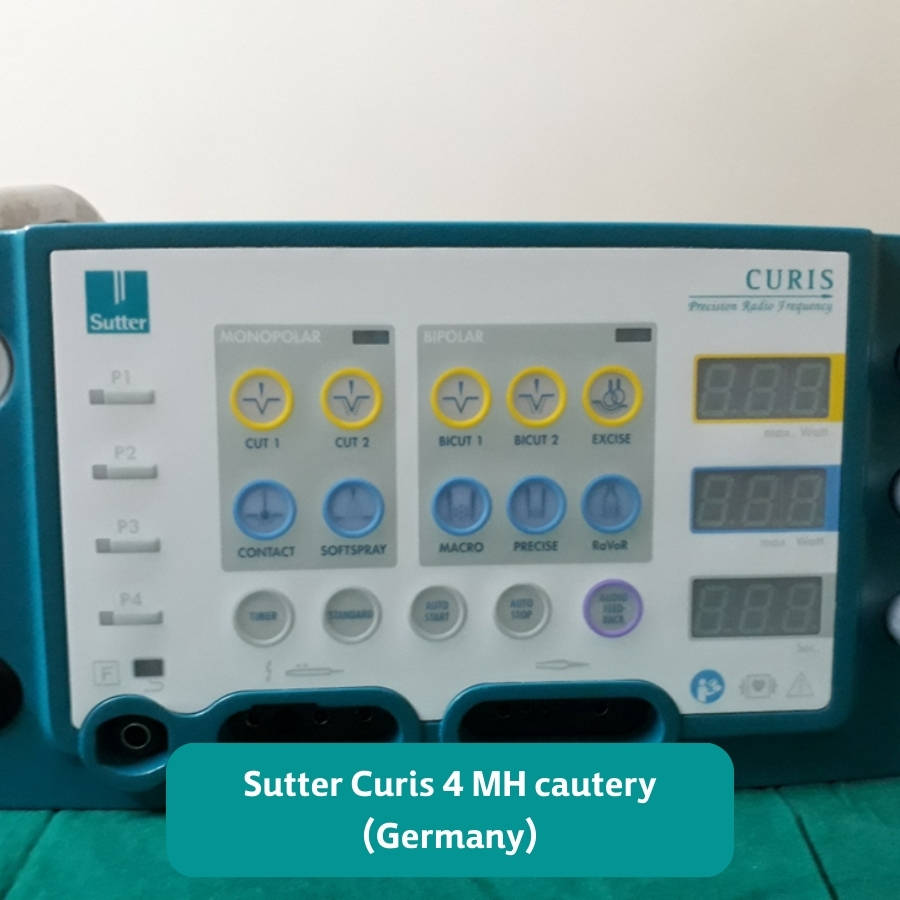
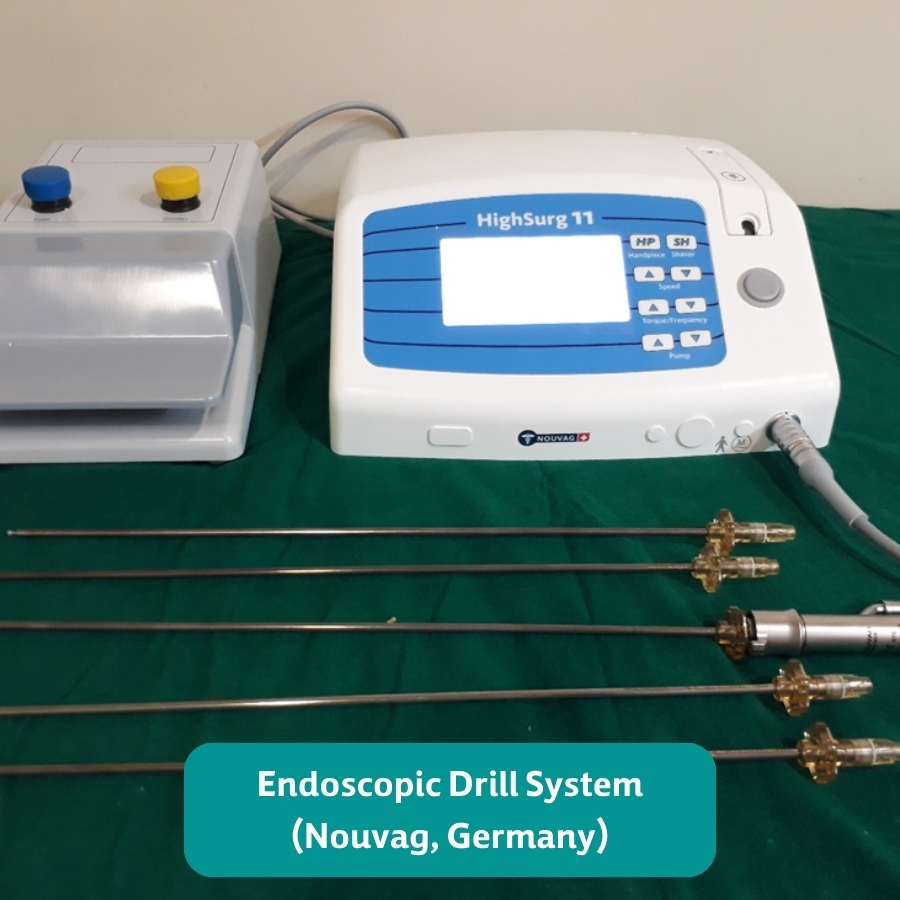

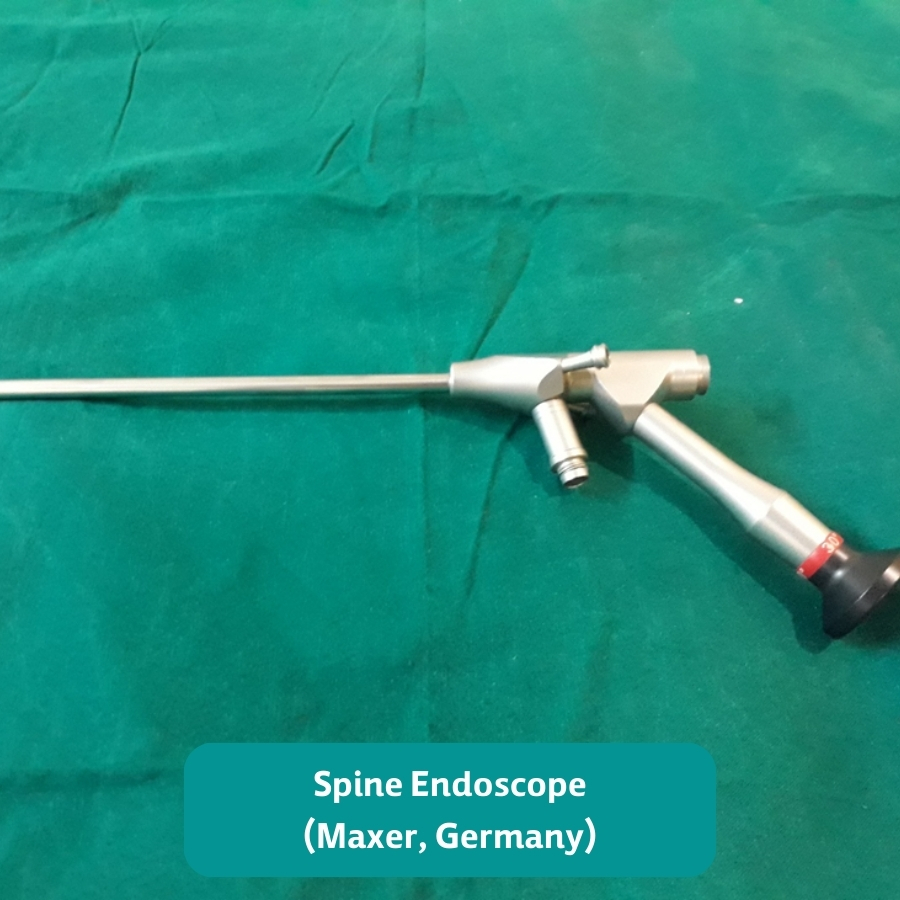
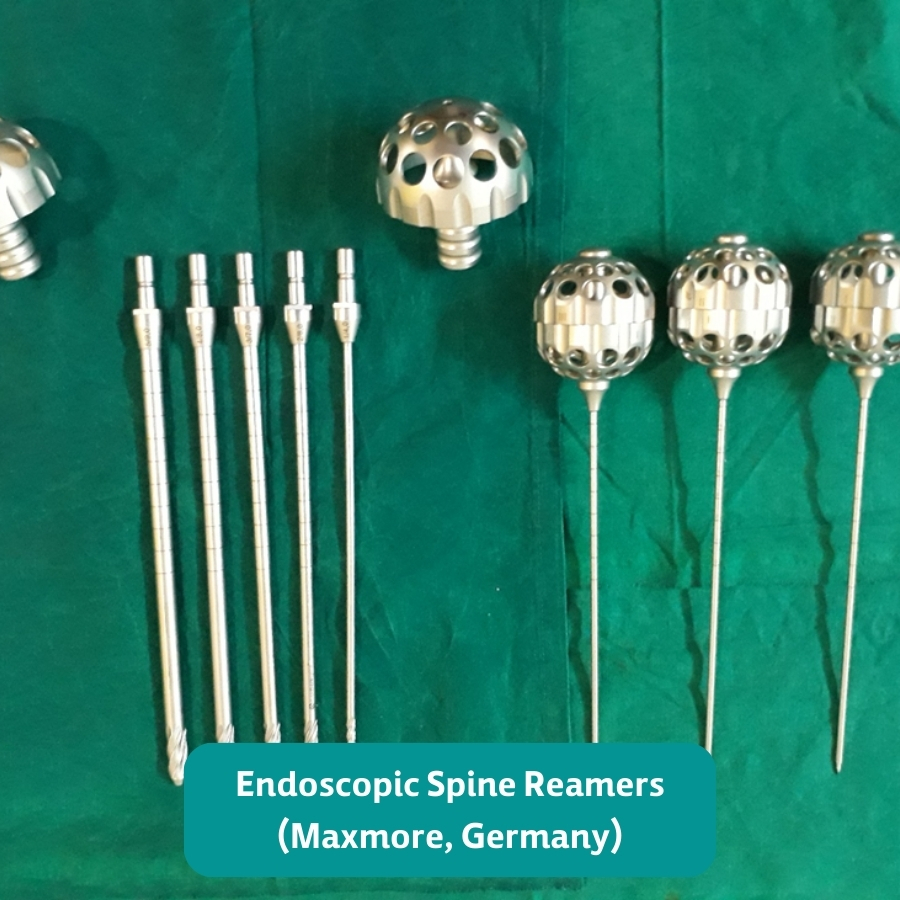
Advantages of Endoscopic Discectomy
MRI comparison before and after surgery
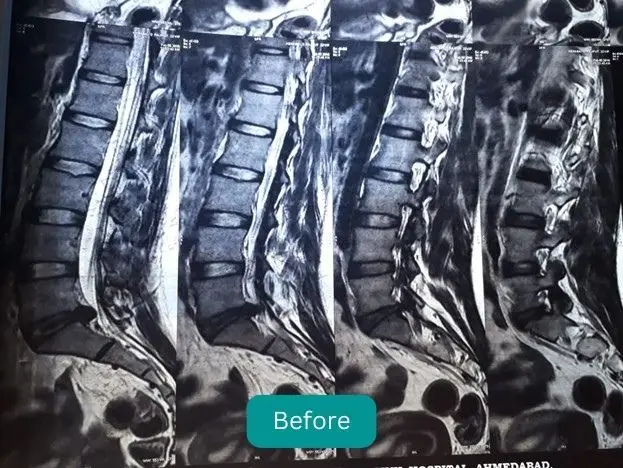
L5 - S1 Disc (Sagittal View)
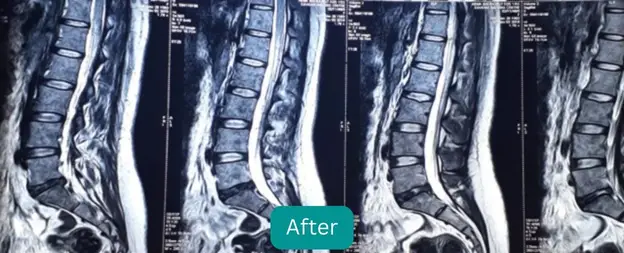
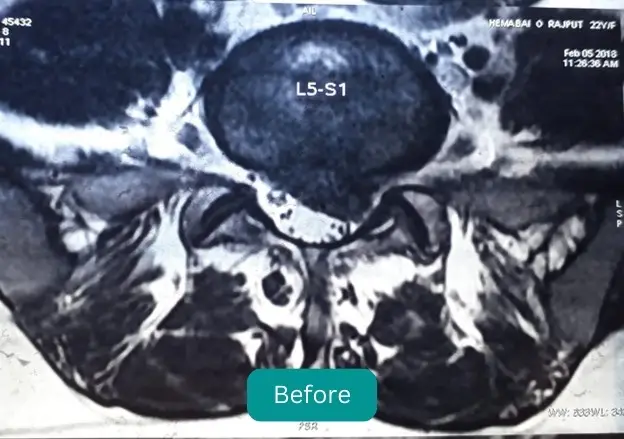
L5 - S1 Disc
(Axial view)
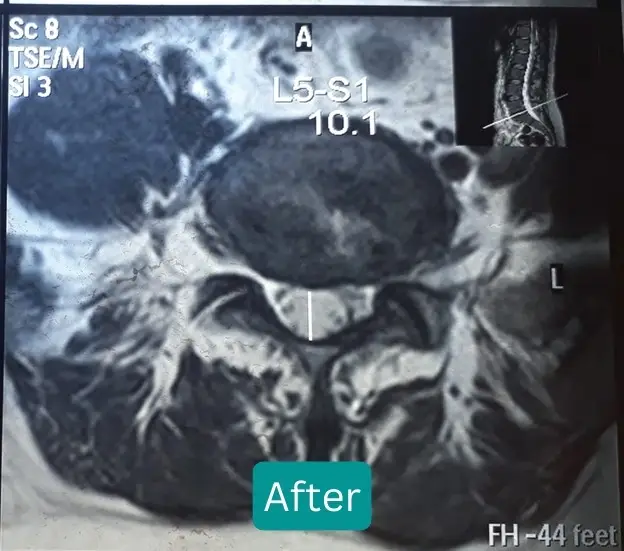
You can see that how beautifully the protruded fragment is removed and nerve root and spinal cord becomes the free of compression.
Complication of Endoscopic Discectomy:
Although complications are rare, they can occur.
Complications are similar to traditional surgery, which may include Infection, Nerve injury, Dysesthesia, complex regional pain syndrome, dural tears, epidural hematoma are complications that may occur and may require additional treatment or surgery to resolve.
Post Operative Care
Pain Control:
• Patient may have mild discomfort in the surgical area. Oral analgesics, muscle relaxants, and non-steroidal anti-inflammatory medications may be used as prescribed by your physician.
Hospital Stay:
• one or two days
Postoperative Advice:
- Strict bed rest for 3 to 4 weeks.
- No sexual relations until you are well on your way to recovery.
- No bending, or twisting of back, avoid sitting or standing more than 30 min at a time without break.
- Do not lifting of more than 3 to 7 Kg after 1 month; no lifting over 10 Kg for 6 months.
- You may return to work 3 to 4 weeks after procedure.
- You may resume driving 4 to 6 weeks.
Activities:
• Walking
- Week 1: 10 minutes – 3 times/day
- Week 2: 15 minutes – 3 times/day
- Week 3: 20 minutes – 3 times/day
• Exercise:
- Hamstrings stretching exercise done regularly for 4 weeks with some back muscle strengthening exercise
- After 4-week lumber and abdominal muscle strengthening exercise can be started according to Mackenzie guideline. This exercise is useful to strengthen muscle and reduce load on spine and disc